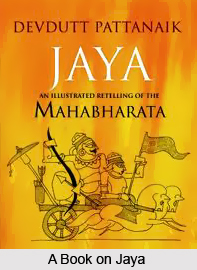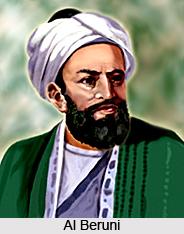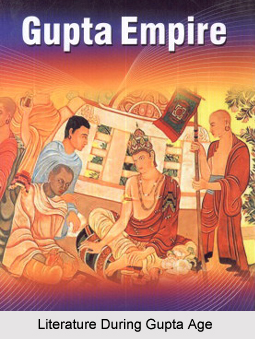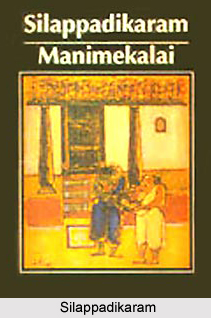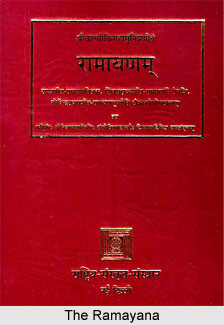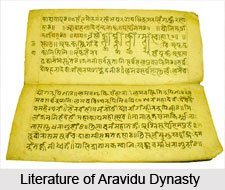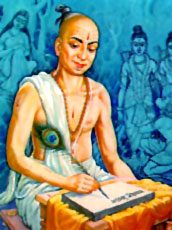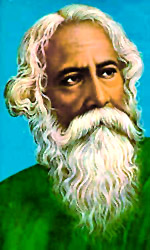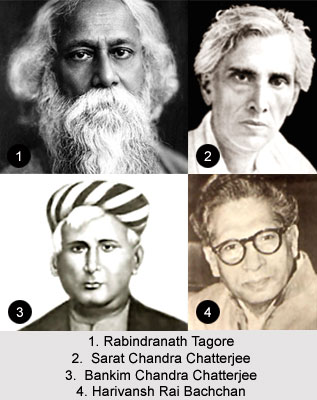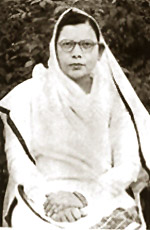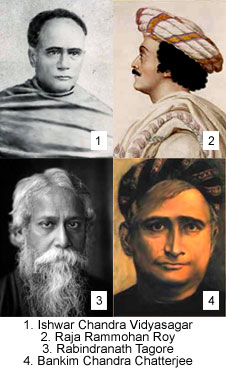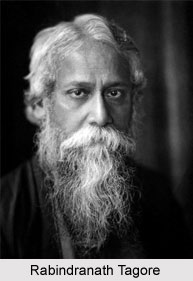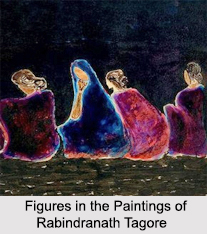 Rabindranath Tagore started painting and drawing at the age of 60 years. Many of his works have been exhibited in several national and international exhibitions. Tagore was likely red-green colour blind, which resulted in his works; the paintings showed strange colour schemes and off-beat aesthetics. Tagore was highly influenced by the works of the Malanggan people of northern New Ireland, Papua New Guinea, Haida carvings from the Pacific Northwest region of North America, and woodcuts by the German Max Pechstein. National Gallery of Modern Art in Delhi houses 102 works of Tagore in its collections.
Rabindranath Tagore started painting and drawing at the age of 60 years. Many of his works have been exhibited in several national and international exhibitions. Tagore was likely red-green colour blind, which resulted in his works; the paintings showed strange colour schemes and off-beat aesthetics. Tagore was highly influenced by the works of the Malanggan people of northern New Ireland, Papua New Guinea, Haida carvings from the Pacific Northwest region of North America, and woodcuts by the German Max Pechstein. National Gallery of Modern Art in Delhi houses 102 works of Tagore in its collections.
Animals Paintings of Rabindranath Tagore
Tagore"s initiated his arts with the doodles that turned crossed-out words and lines into images that assumed expressive and sometimes grotesque forms. The shapes and forms of the subjects were brought accidentally but often they seem to carry memories of primitive art subjects. Most of the paintings of this time represent animals. He inter-mingled the familiar with the unknown; the subjects of his paintings are movement of a living animal on to an imagined body, or a human gesture onto an animal body and vice versa.
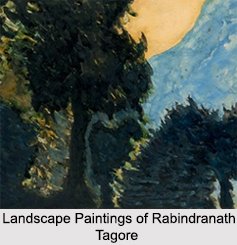 Landscape Paintings of Rabindranath Tagore
Landscape Paintings of Rabindranath Tagore
Paintings made Tagore more observant and sensitive to the visible world . Landscape paintings of Rabindranath Tagore gave the visible world a definite expression, which in turn linked up with one of his older passions. During his childhood, Tagore spent a lot of time observing the nature through the windows. The world outside gave him a feeling of companionship and freedom. So, in these landscape paintings, done at his old age, he often portrayed the nature as bathing in the evening light.
Dramatic Scenes in Tagore"s Paintings
Rabindranath Tagore left his paintings free from any literary imagination by not giving them any names. The figures in his paintings reveal his experience of the theatre as a playwright, director and actor. The gestures of the figures do not represent everyday activities yet they all have a dramatic presence. The costumes of the figures and the furniture and objects surrounding them play a vital role in showing the paintings as a dramatic motif rather than ordinary one. The figures are not shown busy in narration but they invoke narrative potentiality, especially when they are juxtaposed with one another or shown in groups. The movements and the gestures of the figures are more sombre than usual and they do not mimic life. They make us think about emphatic immersion rather than mere recognition.
Faces and Characters in Tagore"s Paintings
Human face is the most common motif in Tagore"s paintings. This motif shows his infinite interest in human persona. In his stories, especially short stories, he linked human appearance with an inner human essence. He did so in paintings as well. Initially he turned the faces into a mask or a hieratic symbol of a social type in his paintings. His faces are varied in appearance and social stature and they encompass within their own lineaments of vast human experience.
